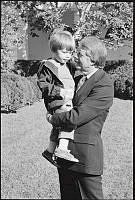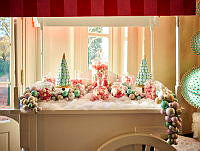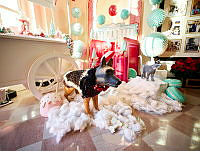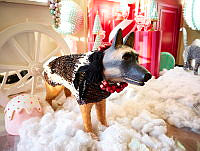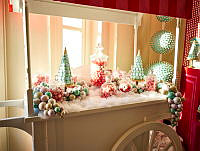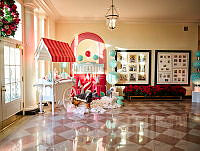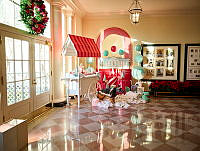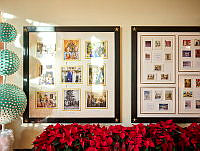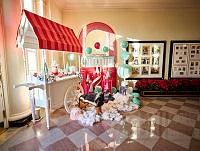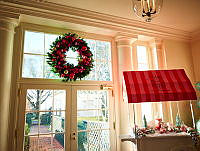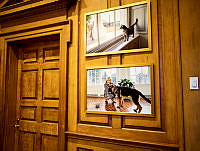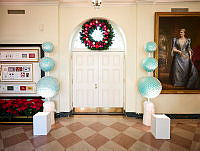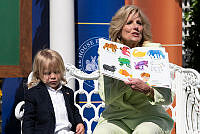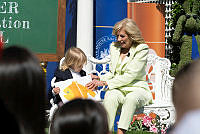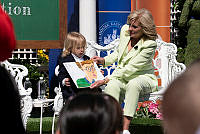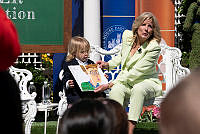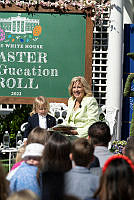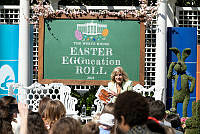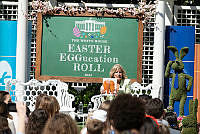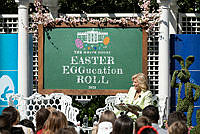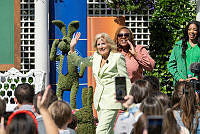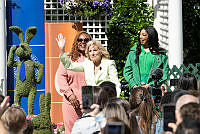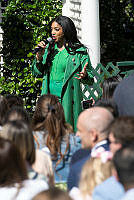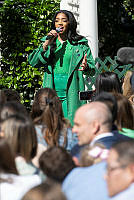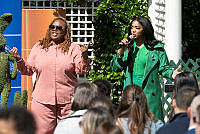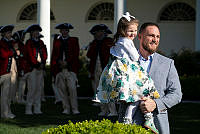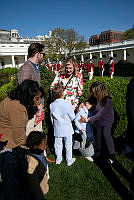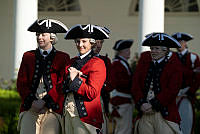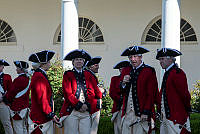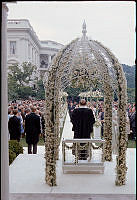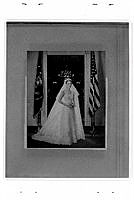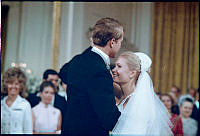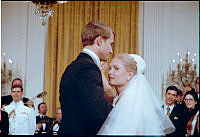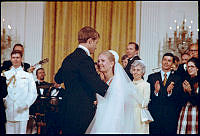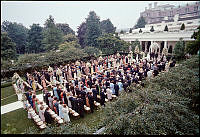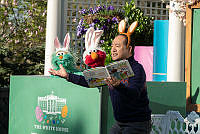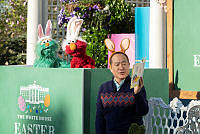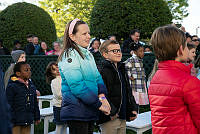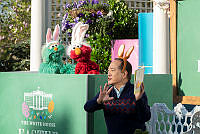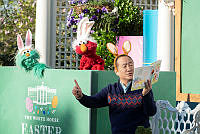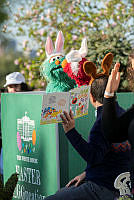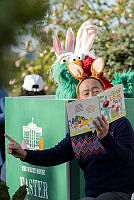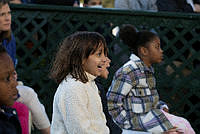Theodore Roosevelt Family's Horses
Copyright © White House Historical Association. All rights reserved under international copyright conventions. No part of this article may be reproduced or utilized in any form or by any means, electronic or mechanical, including photocopying, recording, or by any information storage and retrieval system, without permission in writing from the publisher. Requests for reprint permissions should be addressed to books@whha.org
Theodore Roosevelt's love of fine horses was legendary and played a part in shaping his vigorous personal image and his advocacy of the "strenuous life." Roosevelt had been a rancher in the Dakota Territory, and his volunteer-mounted "Rough Riders" emerged as national heroes after the famous charge at San Juan Hill during the Spanish American War. After the assassination of President William McKinley in 1901, Roosevelt brought his image as a rugged outdoorsman and war hero to the White House. He made it his stage and "bully pulpit."

Theodore Roosevelt watching his son, Theodore Roosevelt Jr., jumps a hunter over a rail fence in 1907.
The Roosevelt family loved horseback riding and driving and did both often in the public eye. Late in his tenure, Roosevelt's presidential schedule included daily rides to Potomac and Rock Creek Parks with military aide, Archie Butt, a superb horseman. These excursions, often captured by newspaper photographers, had special rules governing the conduct of any guests riding with the president that were devised so as not to impede the pace of the ride. The Roosevelts were the last family to fully utilize the White House stables. When offered an automobile, the president said, "The Roosevelts are horse people."

Quentin Roosevelt on Algonquin at the White House, 1902.
Roosevelt's Rules for the Road
A typed sheet was prepared for guests with invitations to ride with President Roosevelt called Rules of the Road for Those Invited To Accompany the President on Horseback Rides:
First: The president will notify whom he wishes to ride with him. The one notified will take position on the left of the president and keep his right stirrup back of the president's left stirrup.
Second: Those following will keep not less than ten yards in the rear of the president.
Third: When the president asks anyone in the party to ride with him the one at his side should at once retire to the rear. Salutes should be returned only by the president, except by those in the rear. Anyone unable to control his horse should withdraw to the rear.

The Roosevelts piled into their landau carriages for a drive through Rock Creek valley, 1903 Ladies Homes Journal, December 1903.
White House Historical Association












